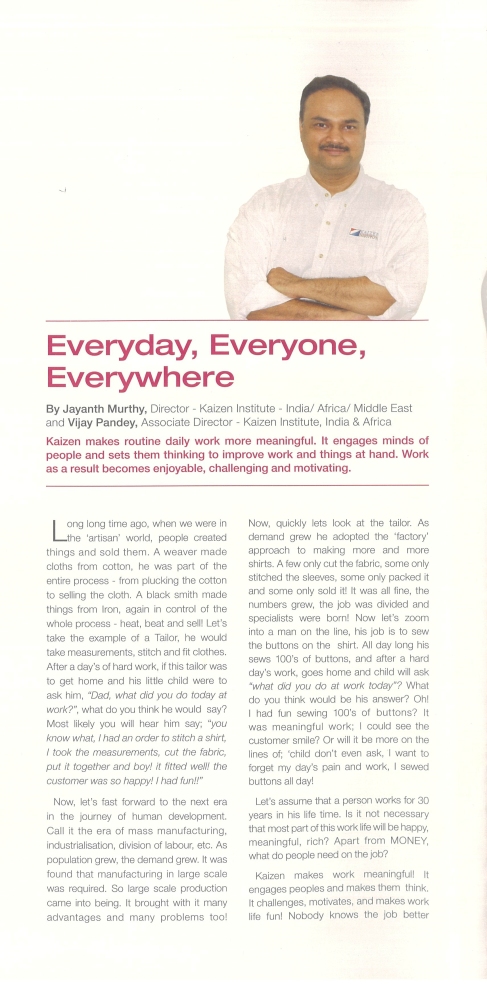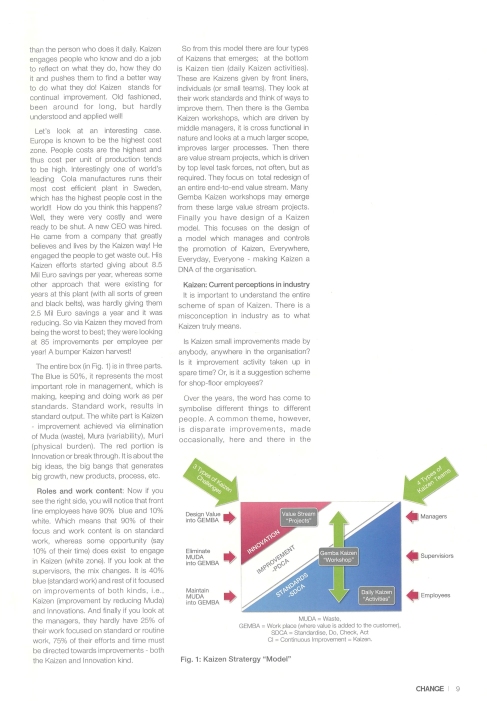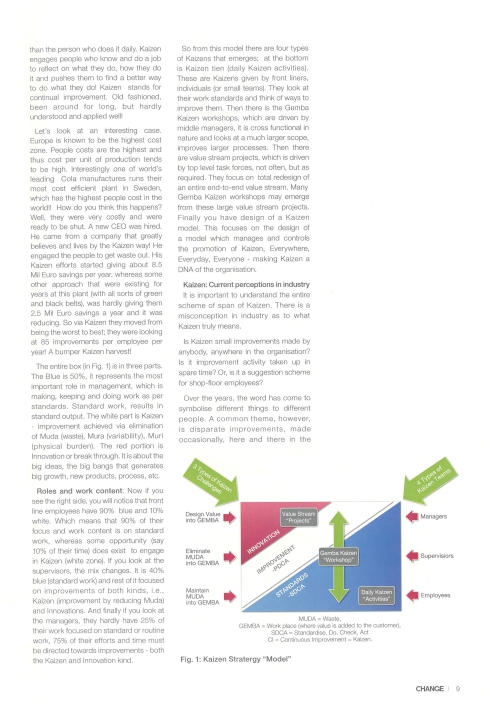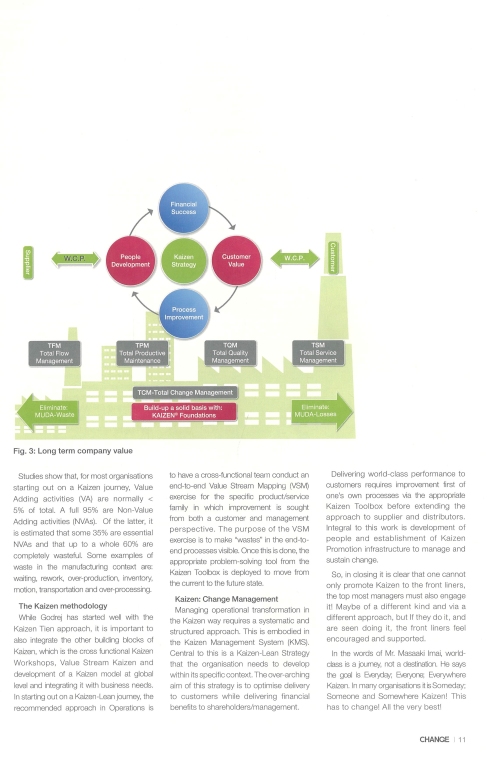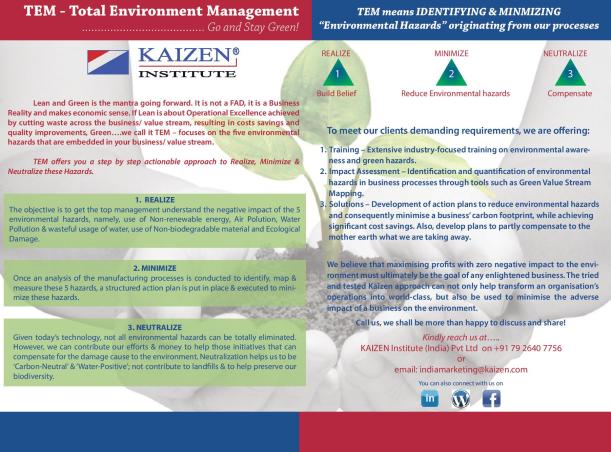India’s index of industrial production (IIP) contracted to a four-month low of 0.1 per cent in November 2012, after growing at a robust 8.3 per cent in October, due to a poor performance by the manufacturing and mining sectors and a decline in production of capital goods.
The numbers have dented hopes of a recovery in economic growth and strengthened the case for an interest rate cut later this month by the Reserve Bank of India (RBI).
“One had expected a slightly bigger pick-up than what the numbers have shown. It is a bit disappointing. But on the whole, we seem to be getting out of the earlier space and seem to be going in the right direction. But the pace of growth is worrying,” Dr C. Rangarajan, Chairman of the Prime Minister’s Economic Advisory Council, told NDTV Profit today.
“…There are still some months remaining in the year. So we could see a pick-up,” he added.
An NDTV poll of brokerages and investment banks had found that the Index of Industrial Production (IIP), measuring the output at factories, mines and utilities, contracted by 0.5 per cent. It grew 5.9 per cent in November last year.
The banks polled were Nomura, CLSA, ICRA, Axis Bank, CARE, Credit Suisse, Deutsche Bank, HDFC Bank, HSBC, ICICI, ING Vysya, IndusInd Bank, Kotak Mahindra, Religare, RBS, Standard Chartered, and Yes Bank.
“Internally, we were expecting it. The IIP is not a very reliable estimate of monthly growth rate. In this particular case, you need to keep in mind that if you had high growth in October, it was because the base was zero. This year, Diwali was in November. Therefore, you saw a dip in November,” said Montek Singh Ahluwalia, Deputy Chairman of the Planning Commission. (Read here)
Diwali, which sees many factories shutting shop for a day or two, was celebrated in November last year. The year before, the festival was in October.
Manufacturing, which constitutes about 76 per cent of industrial production, rose 0.3 per cent from a year earlier, the Central Statistics Organisation said. In the April-November period, industrial production expanded an annual 1 per cent.
The general index for the month of November 2012 stood at 167.3. Factory output growth was 1 per cent in April-November period this fiscal year, down from 3.8 per cent in the corresponding period of 2011-12.
Mining output in November contracted by 5.5 per cent compared to a decline in production by 3.5 per cent in the same month in 2011. The sector’s production in April-November also declined by 1.5 per cent, against a contraction of 2.4 per cent in the year-ago period.
Capital goods output declined by 7.7 per cent in November, against a contraction of 4.7 per cent in November 2011.
The output of capital goods also contracted in the April-November period by 11.1 per cent, as against a dip in production by 0.1 per cent in the 2011-12 period.
Infrastructure output, or core output data, which is typically released before the headline number and accounts for nearly 38 per cent of overall industrial production, grew 1.8 per cent year-on-year in November, sharply slower than in the previous month.
Asia’s third-largest economy is on track to expand at its slowest pace in a decade for the fiscal year that ends in March, weighed down by a combination of weak investment and consumer demand.
In a report released Thursday, 10 January 2013, HSBC cut its gross domestic product (GDP) forecast for the year ending in March to 5.2 per cent from 5.7 per cent, and its forecast for the next fiscal year to 6.2 per cent from 6.9 per cent. The bank had previously cut its India growth forecasts for fiscal 2013 and 2014 in September.
December trade data, expected to be released later on Friday, could add to the misery, as exports, which make up around one-fifth of the economy, have fallen against year ago in the previous seven months.
GDP growth that once looked set to hit double-digits has been stuck below 6 per cent for the past three quarters. The slowdown is worrying for the government as it prepares for a series of state elections and a general election due in 2014.
Previously pilloried for his government’s inaction as the economy slowed, Prime Minister Manmohan Singh launched a series of reforms late last year to salvage a reputation made as the architect of India’s economic liberalization in 1991.
On Wednesday, the government hiked railway passenger fares for the first time in nine years and it is also considering raising subsidized fuel prices.
Aditi Nayar, senior economist at ICRA, said the November IIP number was in line with expectations.
“The shift in the festival calendar was responsible for the sharp variations in industrial growth in October-November 2012. In our view, average growth for these two months provides a better gauge of the prevailing industrial trends; the improvement in industrial expansion to 4 per cent in October-November 2012 from a marginal 0.1per cent in the first half of the fiscal year is moderately encouraging,” Ms Nayar said. “Nevertheless, with domestic consumption sentiments and investment activity yet to see a substantial improvement, we expect the central bank to reduce the repo rate in the upcoming policy review.”
Politicians and industry have pleaded for the central bank to reduce interest rates that are among the highest of the major economies.
The RBI has left its policy repo rate unchanged at 8.0 percent since April 2011, citing stubbornly high inflation, but has signalled it could cut in the January-March quarter.
Inflation numbers for both wholesale and retail prices are due to be released on Monday and should provide crucial input for the RBI’s upcoming policy review on January 29.
According to a Reuters poll of analysts, wholesale prices probably rose an annual 7.40 per cent in December, faster than a 7.24 per cent rise in the previous month.
Consumer price inflation in the same month probably stood at 10.20 per cent, above 9.90 per cent in November, the same poll showed on Thursday.
Several analysts believe the RBI should still have leeway to cut its policy rate if the uptick in inflation in December is not more severe, as inflation had been slowing in the previous two months.
The stock markets gave a muted response to the data. The benchmark 10-year bond remained flat at 7.85 per cent, while stocks retained their gains, with the Nifty is up 0.3 per cent.
“I think we need to create an environment in which the growth momentum is carried forward. Therefore, I would expect a pick-up to happen later. The general trend would be for inflation to come down,” Dr Rangarajan said.
“I expect the growth rate for the calendar year to be between 5.5 and 6 per cent and that for the next year to be higher for the simple reason that the change in investment sentiment to reflect. It takes time for the change in sentiment to reflect at the ground level. Therefore, I would expect growth to be 1 per cent higher next year. We should see inflation slowing next year. Our own expectation was that inflation would go down to 7 per cent by March. With certain changes in administrative prices, we need to see…but one can expect inflation to come down,” he added.
Source: http://www.profit.ndtv.com/news/

